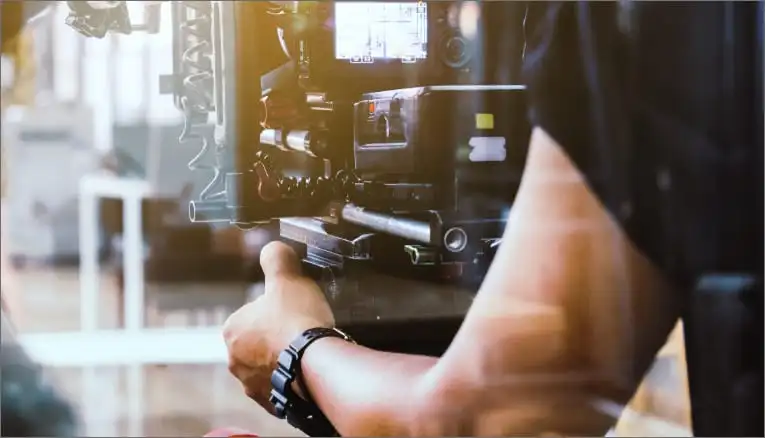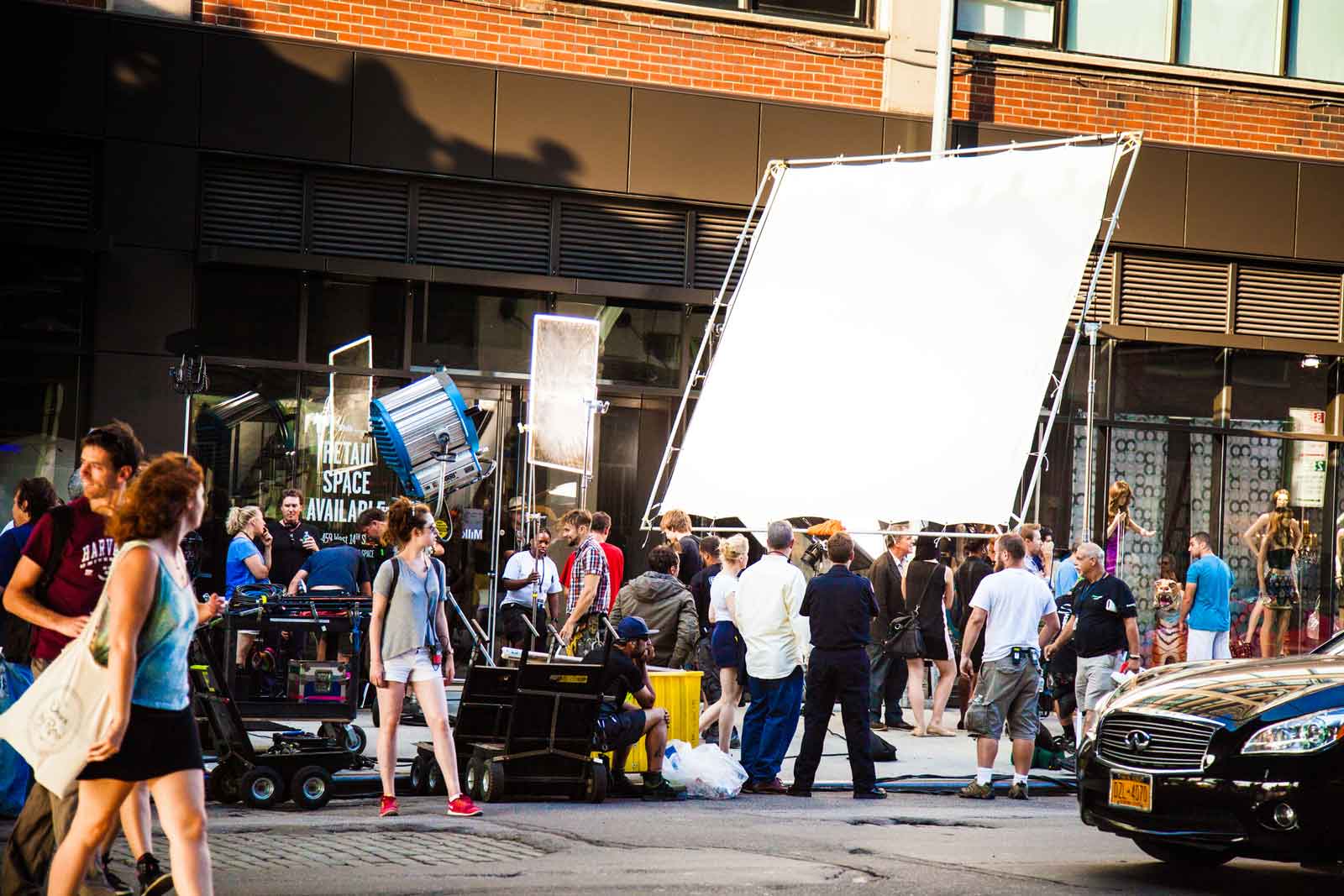Camera framing and angles play a crucial role in the art of storyboarding, shaping the visual narrative and enhancing the overall storytelling experience. Knowing the principles of camera framing and angles is essential for creating compelling and engaging storyboards that captivate audiences and bring your creative vision to life.
Understanding how to effectively frame shots and choose the right angles can significantly impact the mood, tone, and composition of your storyboards. By carefully selecting framing and angles for each shot, you can create a more immersive and visually dynamic experience for your viewers.
The Rule of Thirds
One of the fundamental principles of camera framing is the Rule of Thirds. This concept involves dividing your frame into a grid of nine equal sections with two horizontal and two vertical lines.
By placing key elements of your shot along these lines or at the points where they intersect, you can create a more visually balanced and appealing composition.
Leading Lines
Incorporating leading lines into your compositions is another effective way to guide the viewer’s eye toward the main subject of the shot. Whether they are natural elements like roads, fences, or rivers, or man-made elements like fences, buildings, or bridges, leading lines can add depth and movement to your storyboards.
Camera Angles
The choice of camera angles can significantly impact the perspective and emotional resonance of your storyboards. Low angles, where the camera is positioned below eye level, can make characters appear larger and more powerful, while high angles can create a sense of vulnerability. Dutch angles, where the camera is tilted to one side, can evoke feelings of unease or disorientation.
Subjective vs. Objective Angles
Different camera angles can convey specific emotions and perspectives within your storyboards. A subjective camera angle, where the camera takes on the point of view of a character, can help the viewer empathize with that character and see the world through their eyes. On the other hand, an objective camera angle can create a sense of detachment and objectivity in the storytelling.
Enhancing the Narrative
By strategically using camera framing and angles, you can enhance the narrative of your storyboards and bring your creative vision to life. Experimenting with different compositions, perspectives, and camera movements can help you convey the emotions and themes you want to explore in your visual storytelling.
Conclusion
In the competitive world of filmmaking, animation, and storyboarding, mastering camera framing and angles can set you apart as a skilled and versatile artist. Whether you are working on a live-action film, an animated series, or a commercial project, the principles of camera framing and angles are essential tools for any storyboard artist looking to succeed in the industry.
Key Takeaways:
- Camera framing and angles are crucial for creating engaging and compelling storyboards, enhancing the visual narrative.
- Effective shot framing and angle selection significantly influence the mood, tone, and composition of storyboards, creating a more immersive experience for viewers.
- The Rule of Thirds divides the frame into nine equal sections using two horizontal and two vertical lines. Placing key elements along these lines or intersections leads to a visually appealing composition.
- Leading lines use natural or man-made elements to direct focus toward the main subject. Enhances the sense of depth and dynamism in storyboards.
- Low angles make characters appear larger and more powerful. High angles create a sense of vulnerability. Dutch angles evoke feelings of unease or disorientation.
- Subjective angles have the camera take on a character’s point of view, fostering empathy. Objective angles create a sense of detachment and objectivity.
- Strategic use of framing and angles can significantly enhance the narrative, conveying emotions and themes more effectively.
- Understanding these principles can distinguish storyboard artists as skilled and versatile, vital for success in filmmaking, animation, and commercial projects.
Mastering camera framing and angles is crucial for creating captivating storyboards. Remember the Rule of Thirds, leading lines, and camera angles to enhance your visual storytelling.
Consider taking the NYU Animation Industry Essentials online course and certificate program by Yellowbrick to advance your skills and excel in the industry.








